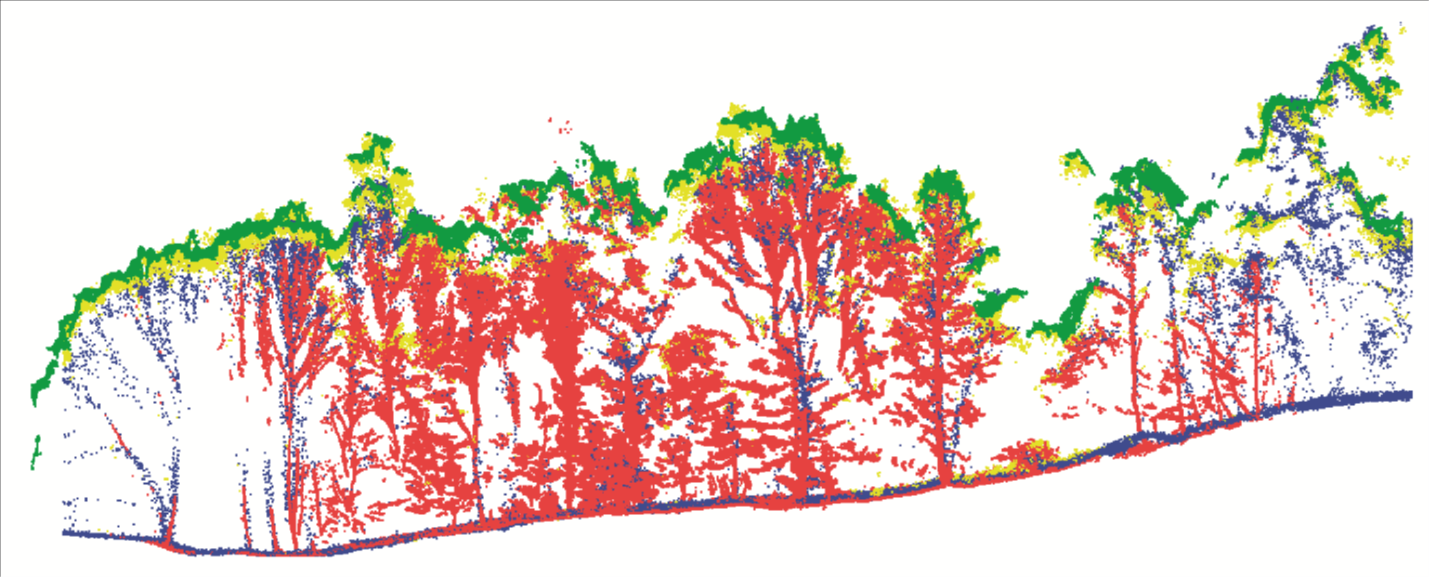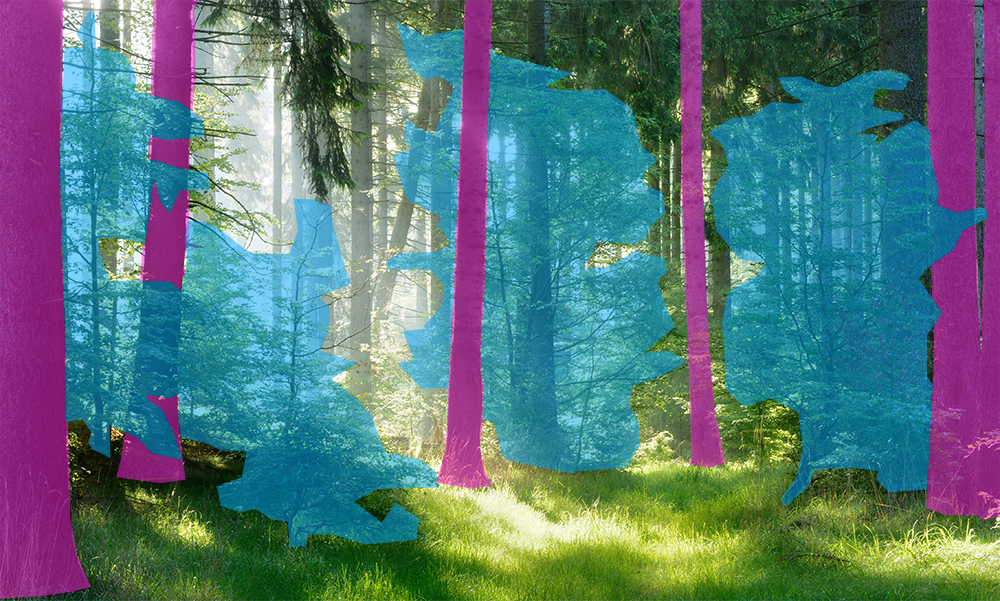Sensor data for condition monitoring of forests and digitalization of forestry processes
Climate change and the resulting weather extremes and pest infestations are harming our forests. The forest ecosystem is at risk – and, in turn, the quality and quantity of timber yield. The sustainable cultivation of forests depends on regular status monitoring in combination with the planting of climate change-resilient tree species, efficient cultivation of mixed-species instead of monocultures and early detection of damage. At the same time, digitally collected sensor data is the basis for a comprehensive digitalization of the forest ecosystem (digital twin of commercial forests) and the timber industry.
We’re developing drone-borne and terrestrial monitoring systems for fast and efficient measurement of forest areas. Various sensors are integrated into the UAV/drone platforms of these optical systems. Laser scanners and cameras capture multiple parameters simultaneously, generating a constant data stream which can be automatically evaluated.
Multimodal measurements: LiDAR combined with multispectral cameras
Our measurement systems consist of cameras, ultra-lightweight laser scanners and positioning units. This opens up a whole new range of possibilities for forest monitoring: Our multispectral camera systems detect vegetation from the air, providing insights into plant health (e.g. according to the normalized difference vegetation index, NDVI). Laser scanners collect 3D geometry data from which a vast amount of information can be derived: height of individual trees or entire forests, stem and crown diameters of individual trees, the number and density of trees, 3D coordinates of crowns, classification of deciduous and coniferous trees, timber volume and growth, estimated biomass volume and divisions between forest areas.
Sensor and data fusion for comprehensive forest health characterization
For comprehensive forest status monitoring, we fuse multiple sensor data from terrestrial and drone-borne measuring systems. For the first time, this type of multimodal environment capture enables a comprehensive forest characterization, i.e. structured information on the state of a forest above and below the tree crowns.

